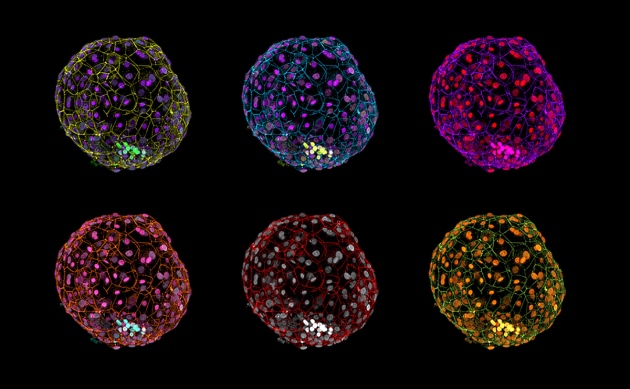There isn’t much we haven’t figured out about how to get pregnant and the nine months that follow. But, one period that’s always remained a bit of a mystery is the first two weeks of pregnancy. While pregnancy tests are very accurate these days, most of them work by detecting hormones in substances such as the blood and urine, and at the very beginning of pregnancy, these levels are still too low to be picked up by a test. Although we know what’s going on at this time – the embryo starts to shed its outer layer in which to implant in the lining of the uterus, but without somehow looking into the womb, how can we see the fertilized eggs grow?

Well, researchers from Rockefeller University have the answer here, and it is to simply grow a human embryo in the lab. This is an entirely legal process and as long as the maximum ethical period of 13 days is not overstepped. No lining was necessary to grow the embryo in-lab as the researchers fed the embryo insulin and nutrients instead. As part of the observation, the researchers also found that the embryo actually contained the genetic info for its self-development and that after just a short period it no longer needs its mother.
Moving forward, the researchers are hopeful this work can be used to help develop new models of human growth and understand more about why some pregnancies fail.
More News To Read











